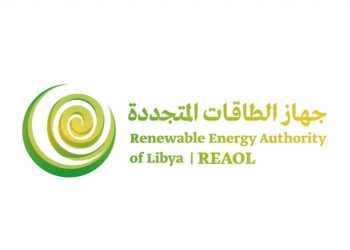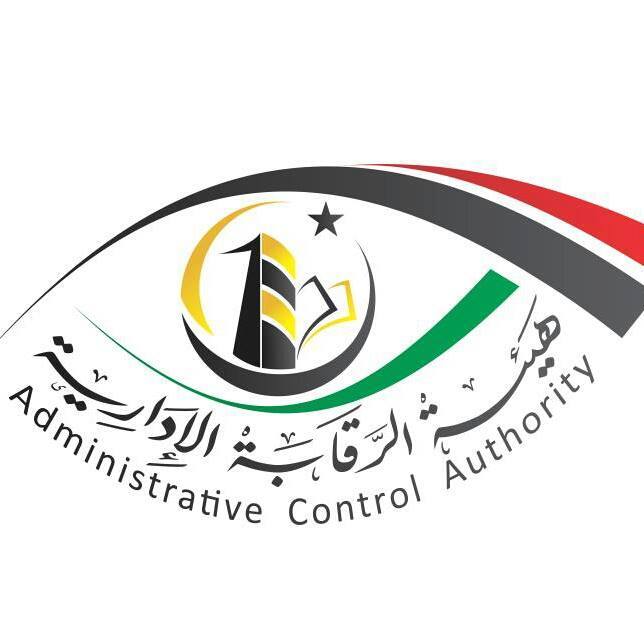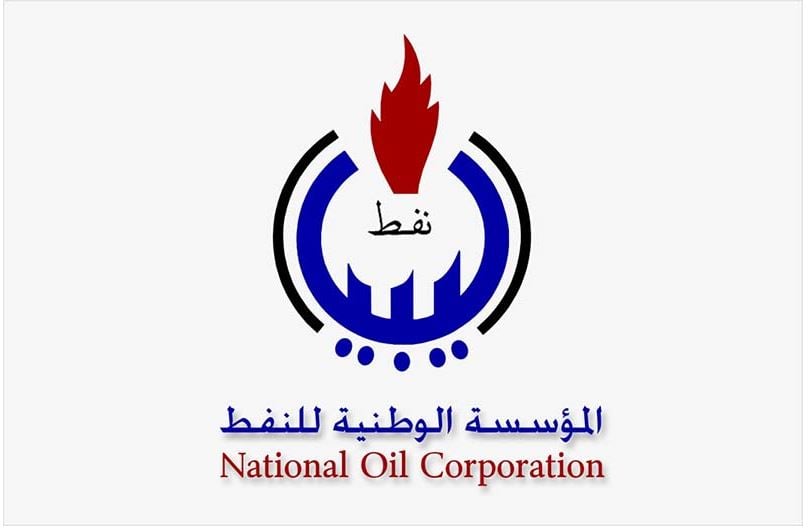By Sami Zaptia.
Tripoli, 14 October 2014:
Sources at Tripoli Council say that Tripoli’s fuel crises was largely solved by its Crisis Committee and not . . .[restrict]by the Libya Dawn bloc nor the internationally unrecognized Omar Al-Hassi government formed by remnants of the former General National Congress (GNC).
Speaking to the Libya Herald, sources at the Crisis Committee, who did not want to be named for fear of recrimination or coercion, also stressed that their success in ending Tripoli’s petrol queues was achieved in spite of, as opposed to with the help of, the Thinni government in Tobruk.
The fuel crises is now over
The Tripoli Council Crisis Committee said that they started working on the capital’s fuel crisis on 13 July and continued until 29 September. They now consider the crises over, but stressed that they are still monitoring the fuel situation so as to prevent a recurrence.
In the period up to 29 September, the Crisis Committee was able to reopen 65 out of the 102 petrol stations in the Greater Tripoli area without any help from Libya Dawn or the Thinni government, the source stressed. Since 29 September, the Omar Al-Hassi government has succeeded in opening some further six petrol stations, the source confirmed.
Militias get paid to guard petrol stations
He acknowledged, nevertheless, that were it not for the security provided by militias “loyal” to Tripoli Council, it would have not been possible to open the petrol stations. However, he admitted that even these militias “loyal” to Tripoli Council had to be paid. They would not work during the fuel crises without being paid, the source confessed.
They were paid at a rate of LD 50 per day each in order to guard the stations. Each petrol station needed an average of 10 militiamen to guard it, with the larger ones needing up to 20, the source reported. However, all this money came from money left over from existing Tripoli Council budgets, the source claimed, adding that Tripoli Council received no financial help from Libya Dawn nor the Thinni government whatsoever.
The source also divulged that the Council’s money had now ran out and that they have not been able to pay the militias for the last month. However, the ample supply of fuel now means that petrol stations are now operating smoothly without the need for militias having to provide security.
Fuel tankers hijacked everyday
Tripoli Council faced many obstacles and challenges during this summer’s fuel crises, the fifth fuel crises since the 2011 revolution, the Crisis Committee source explained. In the early days of the crisis, everyday a fuel delivery lorry tanker used to be hijacked. A total of 16 tankers went missing, the source divulged.
At the worst point during the fuel crisis, Tripoli was only receiving 10 percent of the fuel it needed. This was being supplied by lorries from Misrata. Later on, the Crisis Committee started to supply Tripoli with fuel by ship from the Zawia refinery.
Zintanis created fuel crises?
The source also claimed that the latest Tripoli fuel crisis was artificial, manufactured by the Zintani militias who refused to release fuel from the Airport Road Fuel Depot. He claimed that 60 million liters of fuel were found at the Fuel Depot before the depot was destroyed during the fighting. Libya Herald was unable to independently confirm this allegation as a fact.
The kidnapping of Brega’s Al-Rayes
At the height of the fuel crises, the Crises Committee started to import fuel in from the Zawiya refinery by ship into Tripoli’s Al-Shaab dock opposite the Radisson hotel. The Tripoli Council source confirmed that there was a power struggle between Mr Rayes who represented the NOC/Brega Marketing and the official Thinni government and the local Tripoli Council and local Libya Dawn militias.
In the absence of a strong or effective central government, the distribution of fuel in Tripoli had become a vital political and power tool.
Both sides wanted control over the distribution of the incoming fuel. In reality, the fuel distribution process at the port was guarded by the local anti HoR militias, as well as Abdelrauf Kara’s Special Deterrent Force militias which claim to be politically neutral in the pro-HoR anti-HoR political battle.
The source revealed that the reason Al-Rayes was seized was because he was sending fuel tankers from the port to the Zintanis. Three tankers carrying 40,000 litres were sent by him before he was arrested, the source claimed.
The alternative view for Rayes’s arrest was that he was arrested because he would not handover fuel to the militias who wanted to supply their vehicles first and send fuel to their areas of support first such as Tajoura and Suq Al-Juma, prior to general distribution all over the rest of Tripoli.
Rayes was also objecting to supplying fuel to barracks in eastern Tripoli, strongholds of Kara and the Libya Dawn faction for sale at a premium and prior to the other parts of Tripoli.
The Crisis Committee claimed that they had bypassed Rayes before he was arrested by militias. The source would not confirm that Rayes had been arrested by either the Libya Dawn or Kara militias. The source confirmed that Al-Rayes has since been released.
However, the source also admitted that fuel was equally diverted to local pro Libya Dawn militias. The source confessed that the Tripoli Council Crisis Committee had no choice but to deal and work with Tripoli based militias as they were the only effective power on the ground. These happened to be anti HoR Libya Dawn militias.
The source also admitted that local militias took advantage of the fuel distribution situation by controversially selling petrol to the public from army barracks at LD 15 and LD 20 per car, when most car tanks can be filled with just LD 10-worth of fuel.
Army barracks were used instead of petrol stations which were refusing or unable to open. They were also used because they could be secured from the black-market fuel gangs who were attacking petrol stations and because they contained fuel pumps and large fuel tanks in which fuel lorries from the port could unload.
Coincidentally, almost all of these army barracks that were used were located in the eastern Tripoli regions of Sug Juma and Tajura, despite the existence of numerous other army barracks in other arts of Tripoli.
It was the price Tripoli Council had to endure in return for receiving the co-operation and protection of local militias. It was a price Tripoli Council had to pay to alleviate the capital’s acute fuel crises, the source explained in justifying the action.
Critics of the move felt that allowing militias to charge a premium for petrol at the time of the crises was morally and politically wrong. It strengthened one set of militias, those opposed to the HoR, at the expense of those supporting the HoR at a time when Tripoli Council was expected to be neutral.
There was also the fear that the money made by militias could have been used by militias to buy arms and contributed to consolidating the existence of the militias at the time when the majority of Libyans were keen to disband militias in favour of a politically accountable army and police.
Fuel smuggling mafia
The Tripoli Council source lifted the lid and confirmed long held suspicions that fuel smuggling is rife and big business in Libya since the 2011 revolution. Fuel is still being smuggled out of Libya at an approximate rate of 100,000 litres per day, the source alleged.
Disturbingly, on paper, most of this smuggled fuel was ostensibly destined for the General Electricity Company of Libya (GECOL). The source revealed that there was a fuel smuggling “mafia” within GECOL but said that this was at the lower end of the organisation as opposed to at the middle or upper management level.
The lucrative smuggling of Libya’s highly subsidized fuel was taking full advantage of the weakness of the post 2011 revolution state apparatus, and especially the weak security infrastructure. Moreover, the source also confirmed that members of Libya’s regular police force were involved in the fuel smuggling racket.
[/restrict]








